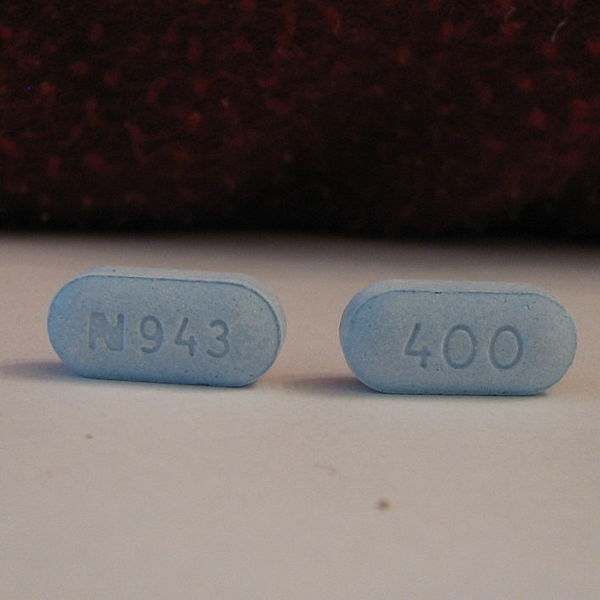Herpes simplex antiviral therapy
Jump to navigation
Jump to search
|
Herpes simplex Microchapters |
|
Patient Information |
|
Classification |
|
Herpes simplex antiviral therapy On the Web |
|
Risk calculators and risk factors for Herpes simplex antiviral therapy |
Editor-In-Chief: C. Michael Gibson, M.S., M.D. [1]; Associate Editor(s)-in-Chief: Cafer Zorkun, M.D., Ph.D. [2], Lakshmi Gopalakrishnan, M.B.B.S.
Overview
There is no treatment that can cure herpes, but antiviral medications can shorten and prevent outbreaks during the period of time the person takes the medication. In addition, daily suppressive therapy for symptomatic herpes can reduce transmission to partners.
Mechanism of Benefit
- Antiviral medications used against herpes viruses work by interfering with viral replication, effectively slowing the replication rate of the virus and providing a greater opportunity for the immune response to intervene.
- All drugs in this class depend on the activity of the viral enzyme, thymidine kinase, to convert the drug sequentially from its prodrug form to a monophosphate (with one phosphate group), diphosphate (with two phosphate groups) and, finally, triphosphate (with three phosphate groups) form that interferes with viral DNA replication.[1]
Types of Anti-Viral Medications

- There are several prescription antiviral medications for controlling herpes simplex outbreaks, including aciclovir (Zovirax), valaciclovir (Valtrex), famciclovir (Famvir), and penciclovir.
- Valaciclovir and famciclovir are prodrugs of aciclovir and penciclovir respectively, which have improved solubility in water and better bioavailability when taken orally.[1] The use of valaciclovir and famciclovir, while potentially improving treatment compliance and efficacy, are still undergoing safety evaluation in this context. There is evidence in mice that treatment with famciclovir, rather than aciclovir, during an initial outbreak can help lower the incidence of future outbreaks by reducing the amount of latent virus in the neural ganglia. This potential effect on latency over aciclovir drops to zero a few months post-infection.[3]
Indications
Antiviral Treatment of First Episode Genital Herpes
Antiviral Treatment of Recurrent Genital Herpes
Antiviral Treatment for Severe Disease
- IV acyclovir therapy should be provided for patients who have severe HSV disease or complications that necessitate hospitalization (e.g., disseminated infection, pneumonitis, or hepatitis) or CNS complications (e.g., meningitis or encephalitis).
- The recommended regimen is acyclovir 5-10 mg/kg body weight IV every 8 hours for 2-7 days or until clinical improvement is observed, followed by oral antiviral therapy to complete at least 10 days total therapy.[4]
- Acyclovir dose adjustment is recommended for impaired renal function.
Side-Effects
Allergic and other adverse reactions to acyclovir, valacyclovir, and famciclovir are rare. Desensitization to acyclovir has been described.[5]
References
- ↑ 1.0 1.1 De Clercq E, Field HJ (2006) Antiviral prodrugs - the development of successful prodrug strategies for antiviral chemotherapy. Br J Pharmacol 147 (1):1-11. DOI:10.1038/sj.bjp.0706446 PMID: 16284630
- ↑ Leung DT, Sacks SL (2003) Current treatment options to prevent perinatal transmission of herpes simplex virus. Expert Opin Pharmacother 4 (10):1809-19. DOI:10.1517/14656566.4.10.1809 PMID: 14521490
- ↑ Thackray AM, Field HJ (1996) Differential effects of famciclovir and valaciclovir on the pathogenesis of herpes simplex virus in a murine infection model including reactivation from latency. J Infect Dis 173 (2):291-9. PMID: 8568288
- ↑ Centers for Disease Control and Prevention. Workowski KA, Berman SM (2006) Sexually transmitted diseases treatment guidelines, 2006. MMWR Recomm Rep 55 (RR-11):1-94. PMID: 16888612
- ↑ Henry RE, Wegmann JA, Hartle JE, Christopher GW (1993) Successful oral acyclovir desensitization. Ann Allergy 70 (5):386-8. PMID: 8498729